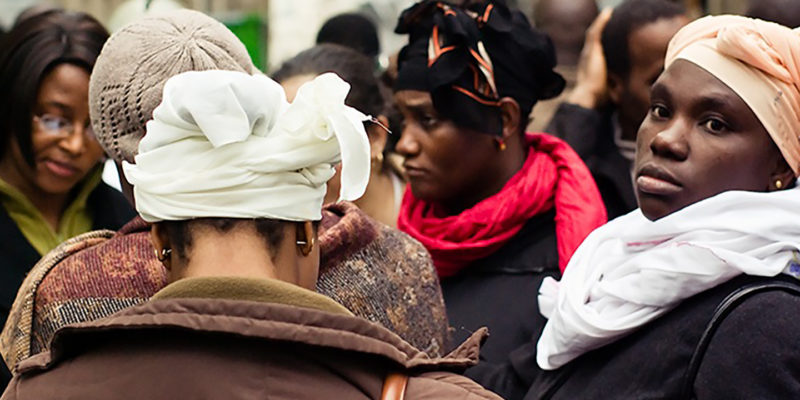Article one
Publish date 12-06-2024

Not just a tool for making a living, but something much more: work is that thing that binds us to reality, makes us live in relationships, builds an important part of our self-esteem, gives us a sense of personal identity ( by saying we are a teacher, a doctor, a plumber we talk about ourselves starting from the work dimension). In short, work gives value to our abilities and ultimately constitutes a means to express our personality and to contribute - as our Constitutional Charter appropriately reminds us - to the material or spiritual progress of society.
Such a central element in guaranteeing dignity to each of us must be observed with great attention to ensure that policies that promote it are identified and increased. But as in many other areas, the photograph of the labor market in Italy also shows a disparity in opportunities and treatment: as is known, the critical issues concern above all the young and female population, which have employment rates significantly lower than the European average. In absolute terms, the employment rate at the end of 2023 in Italy was 70.4% for men and 52.5% for women, with evident gaps on a territorial basis: this same indicator is equal to 69.8% in the north of the country, 66.1% in the centre, 48.6% in the south.
Among the many structural limitations that the surveys point out, there are some particularly profound ones which concern those people who themselves experience more statistically disadvantageous situations: a person with a disability, for example, has on paper much less chance of finding a job (the employment in this population is equal to just 12%), but this condition will be even more difficult if the person we are talking about is a woman and even more so if she lives in the south.
Among the least remembered categories in this sense are migrant women, for whom the choice to migrate in Italy has often also represented the gateway to a path of emancipation that is much more difficult to undertake in their places of origin. Naturally the dynamics are considerably different depending on the countries and cultures of reference, but it is a fact that migrant women are today only 42% employed: if the percentage difference in the employment rate between Italian men and women is 16.7 percentage points, among migrant men and women it rises to 26.3%.
If employed, foreign women are largely employed in three professional fields: domestic workers, personal care workers and cleaners.
A situation which for them, more than for others, also depends on the difficulty in obtaining recognition of the educational qualifications or professional qualifications obtained in their home country in simple, fast and economical ways. Diplomas, degrees, certifications, qualifications, licenses: migration often involves the denial of acquired skills. A loss for themselves, of course, but also for us and for the entire society.
Stefano Caredda
NP May 2024







